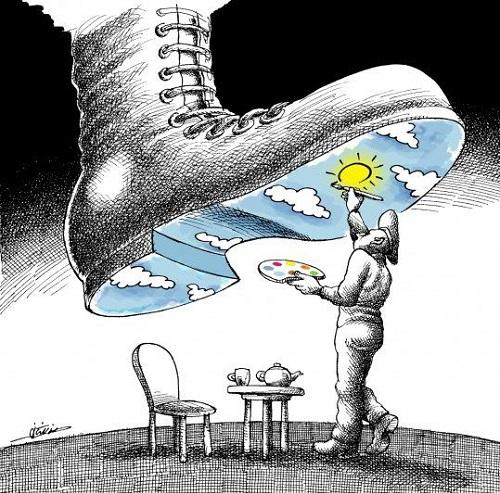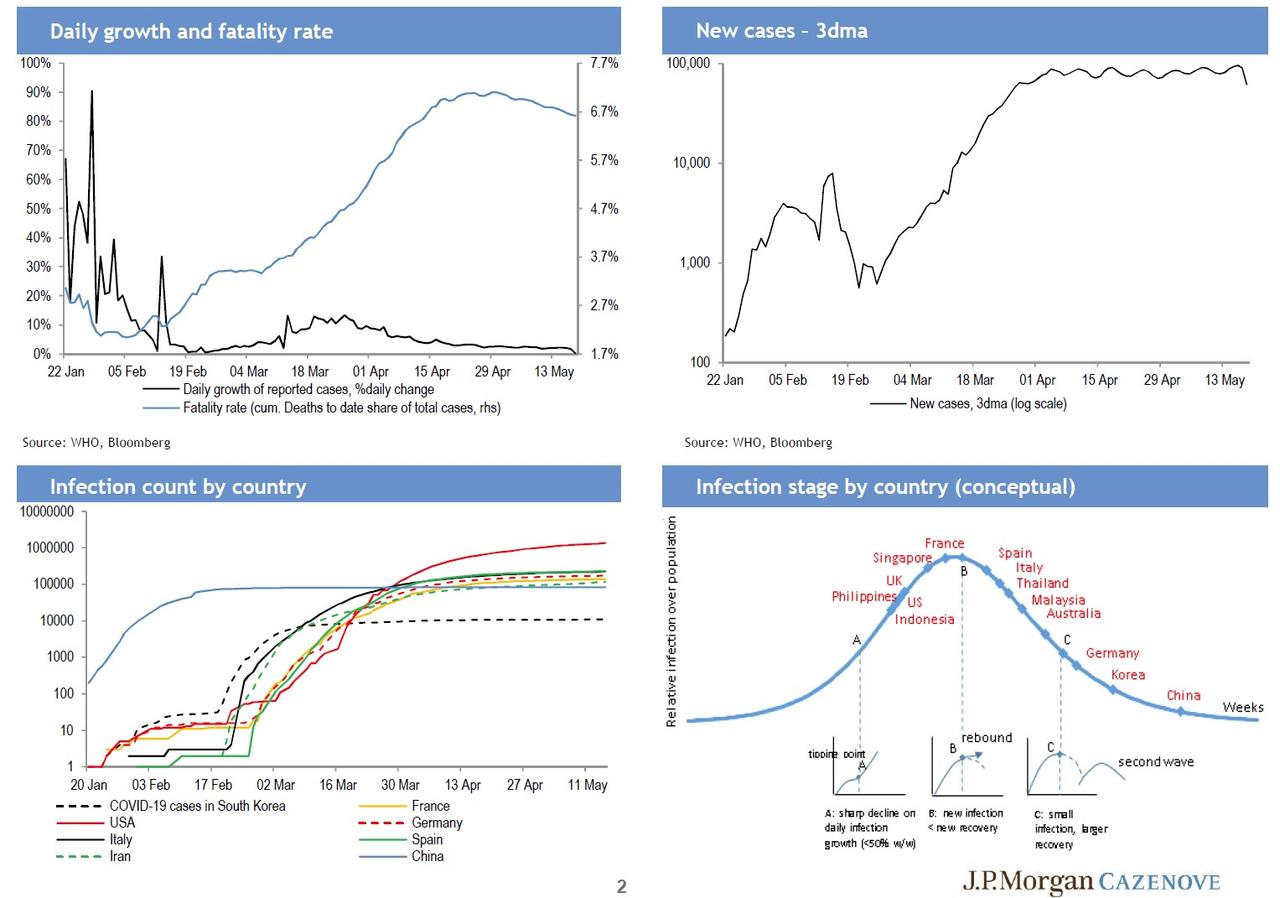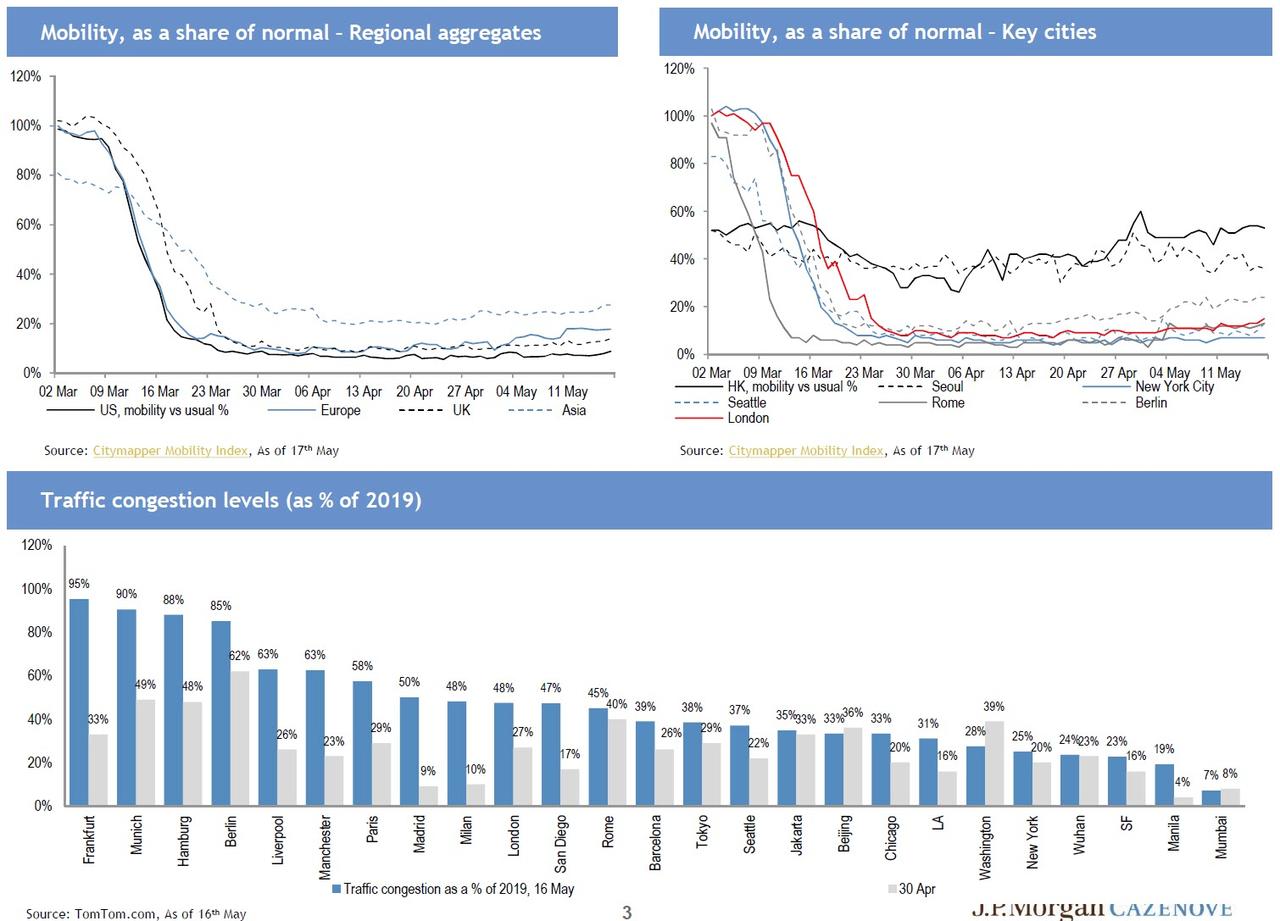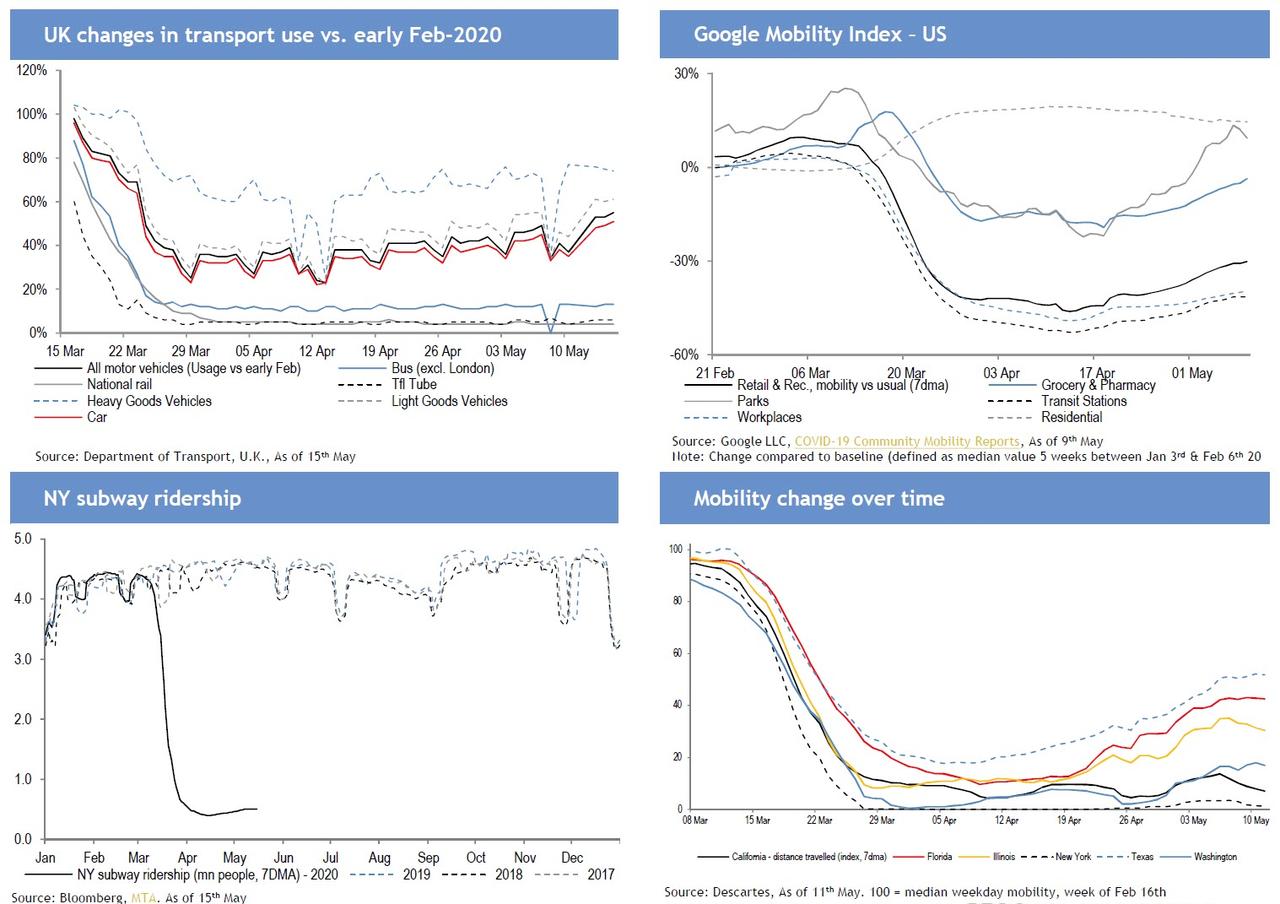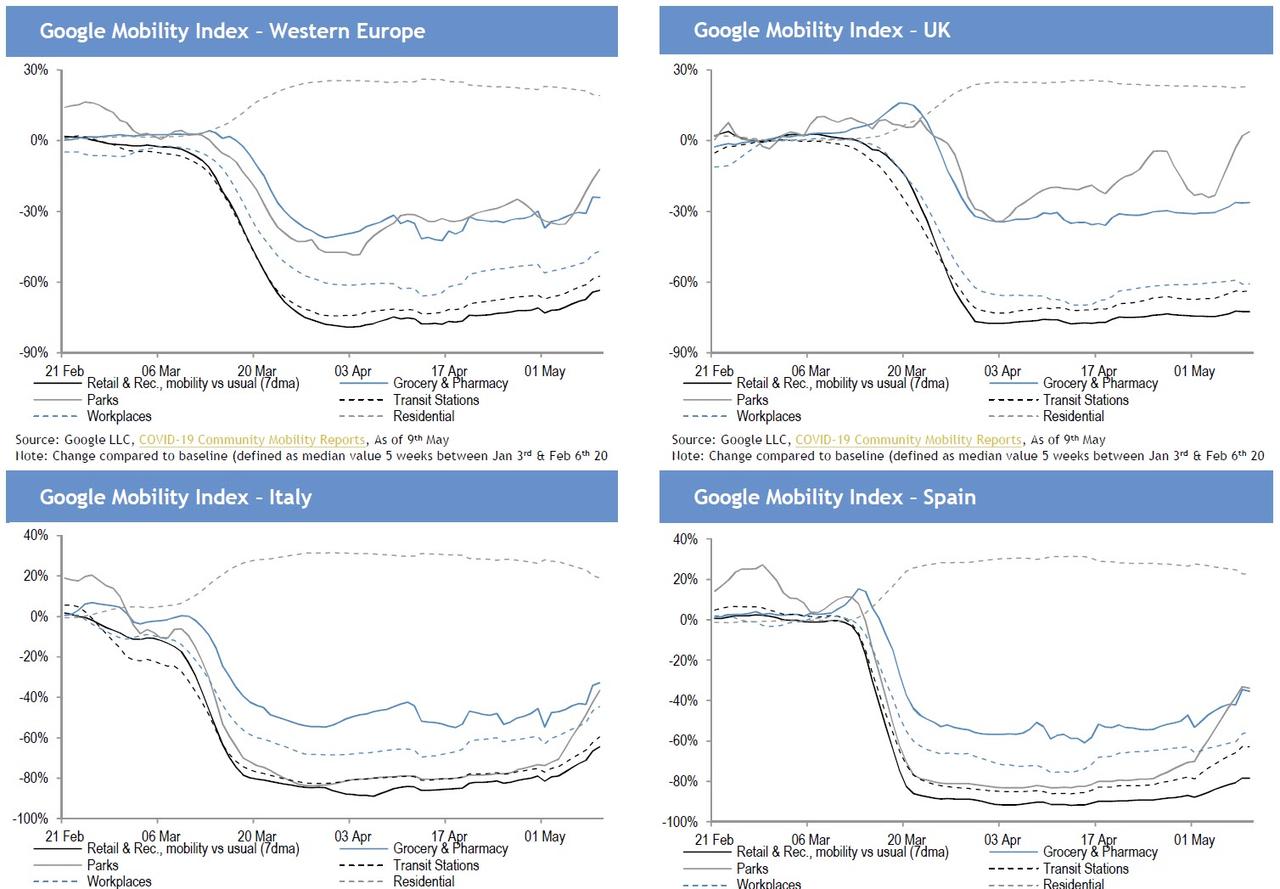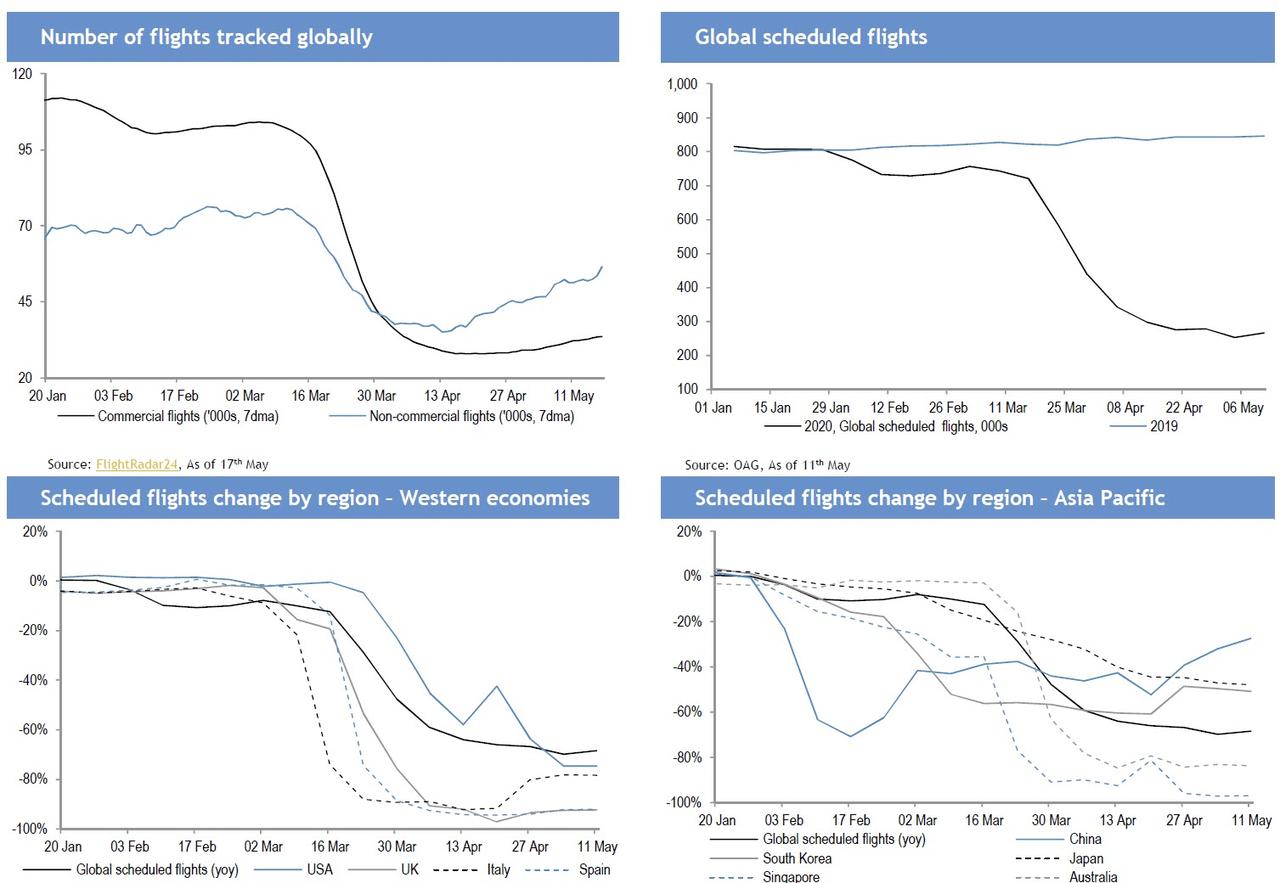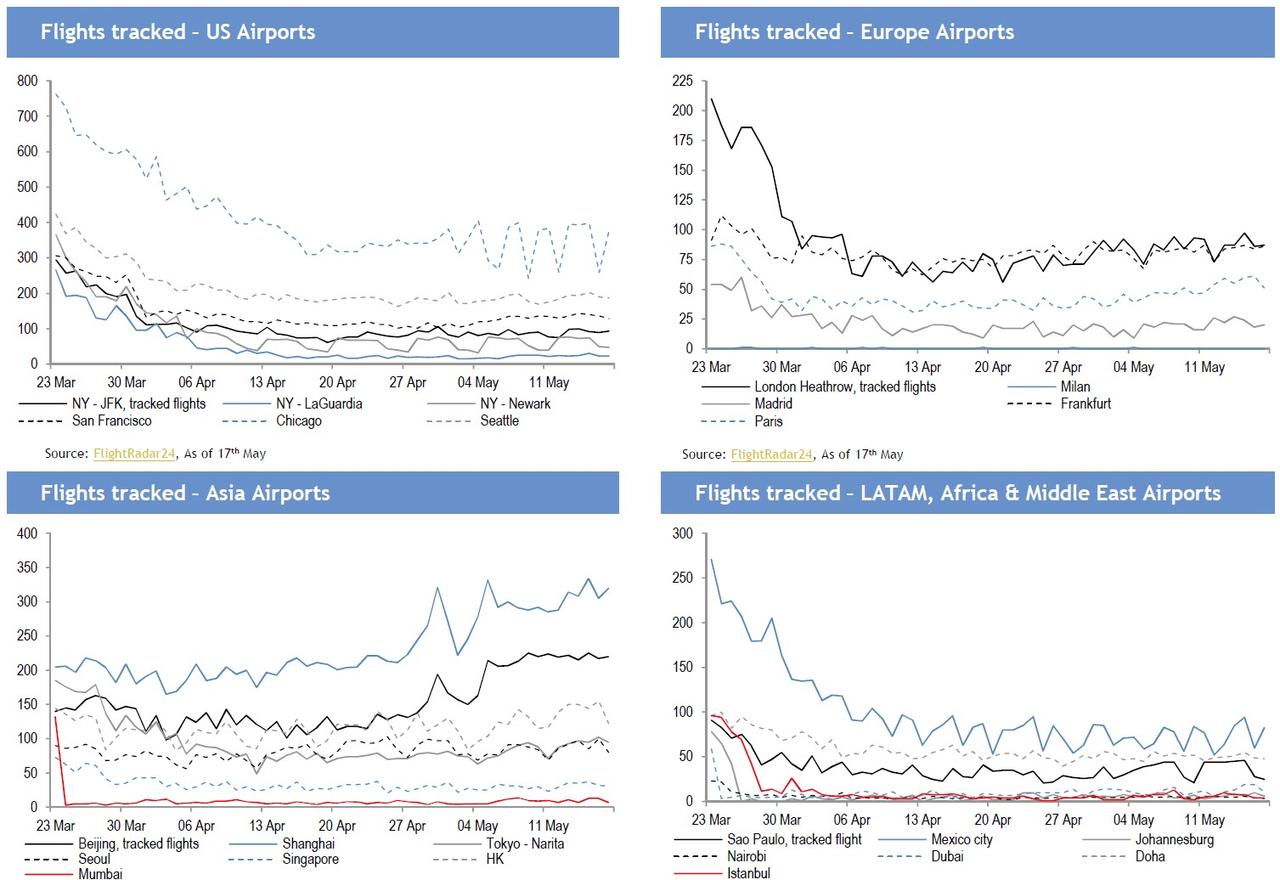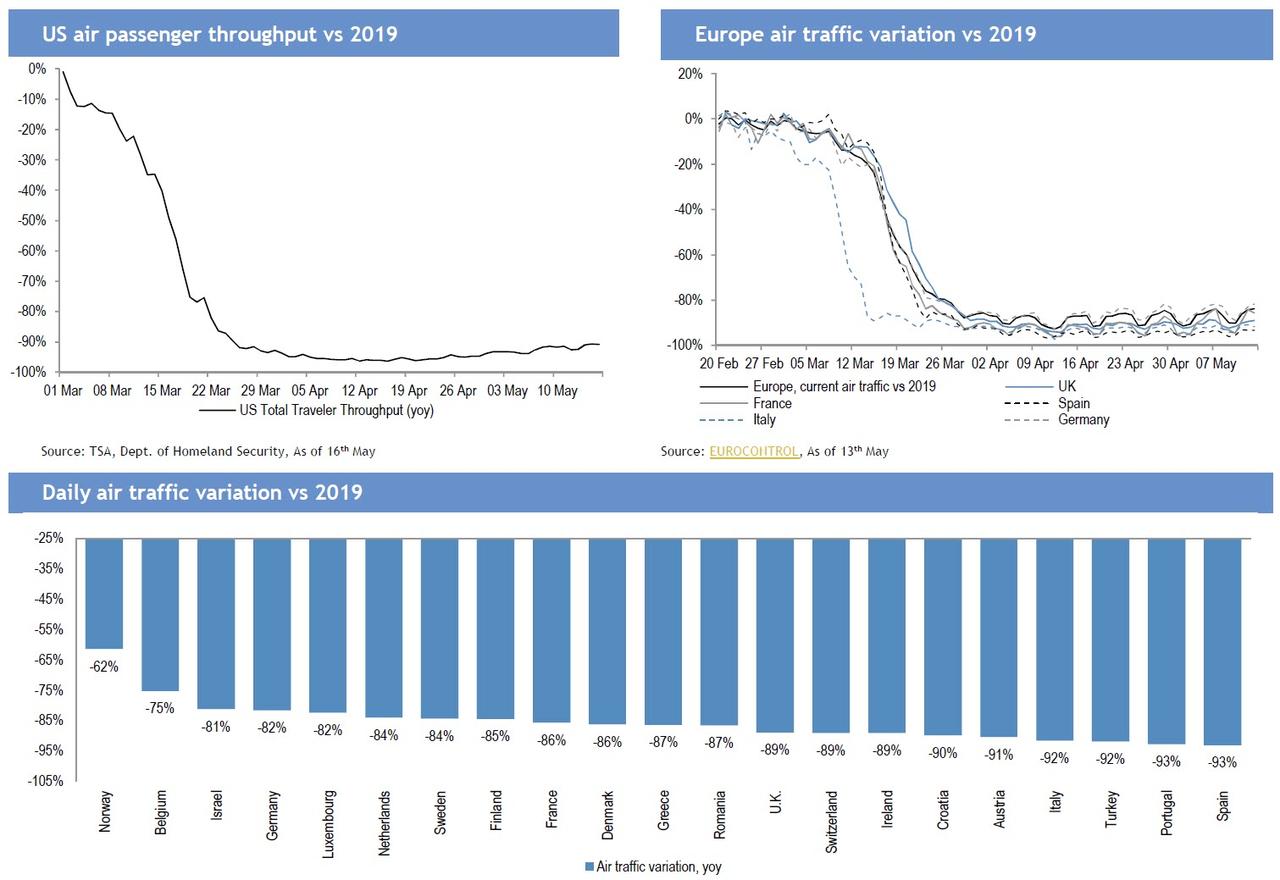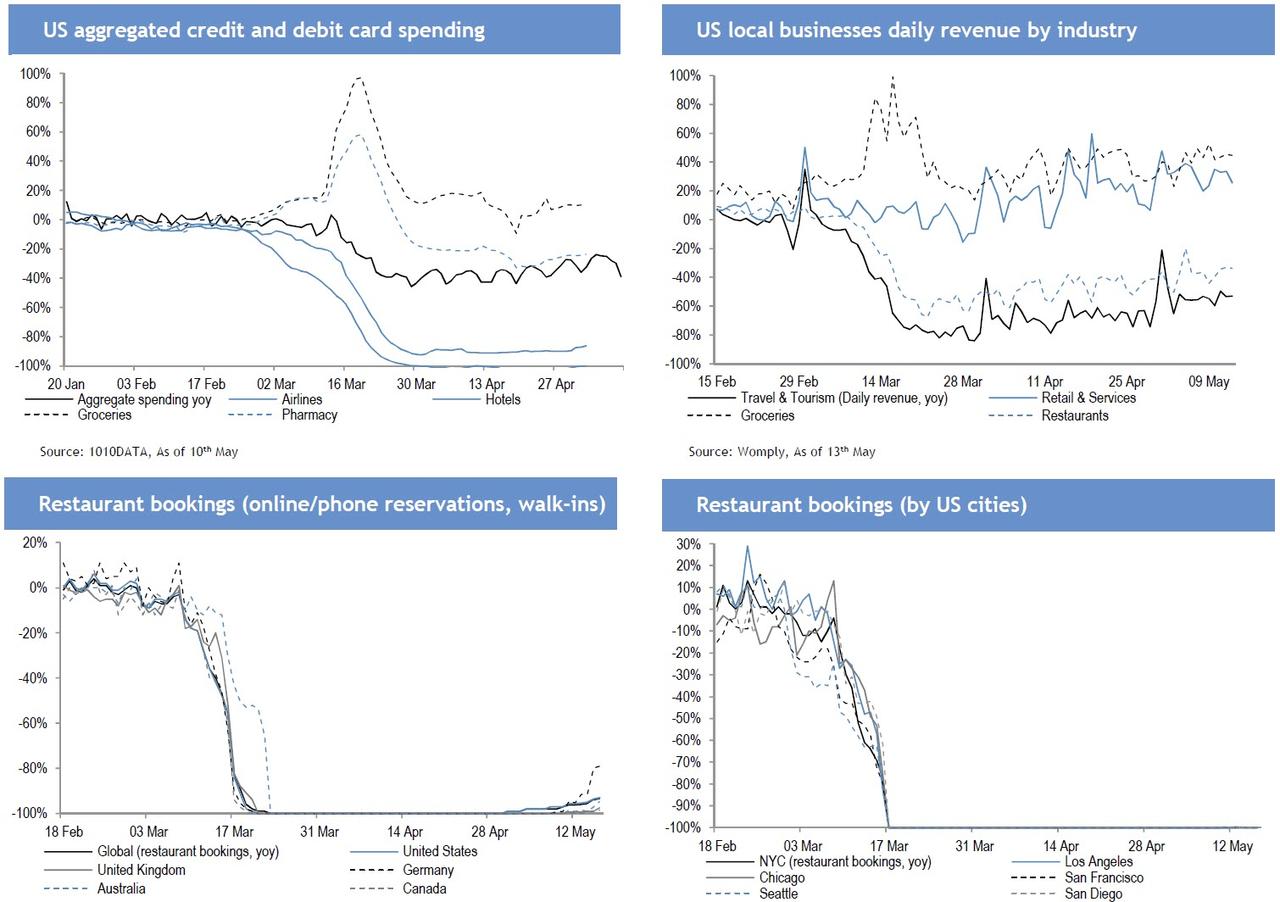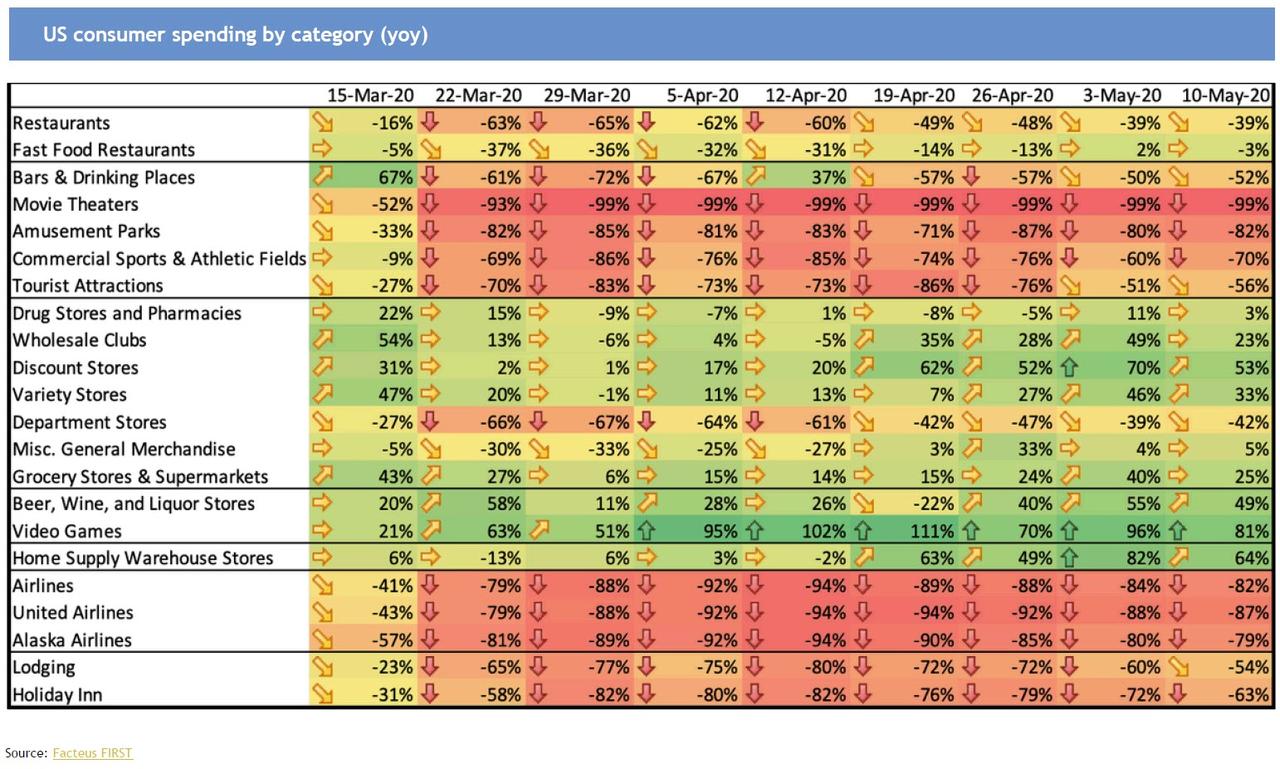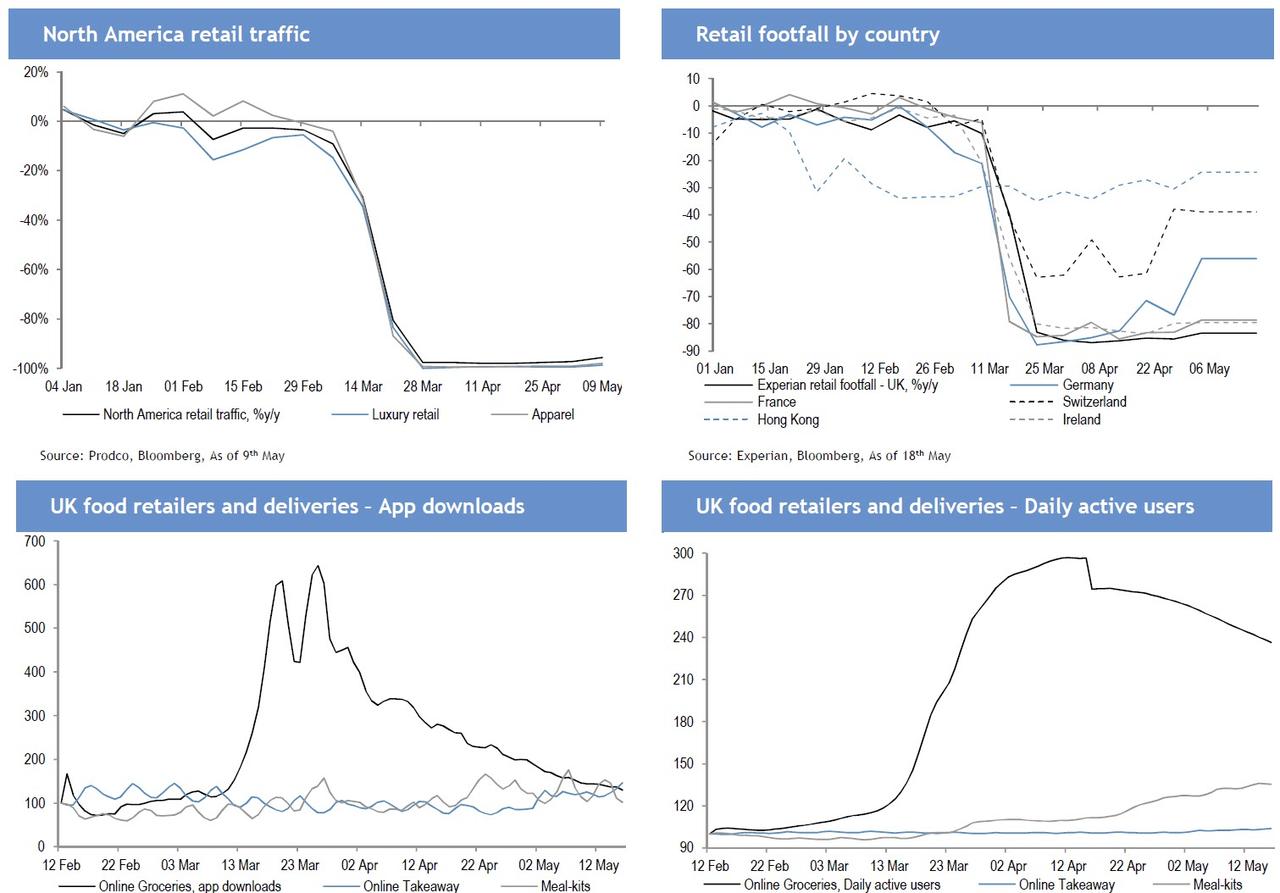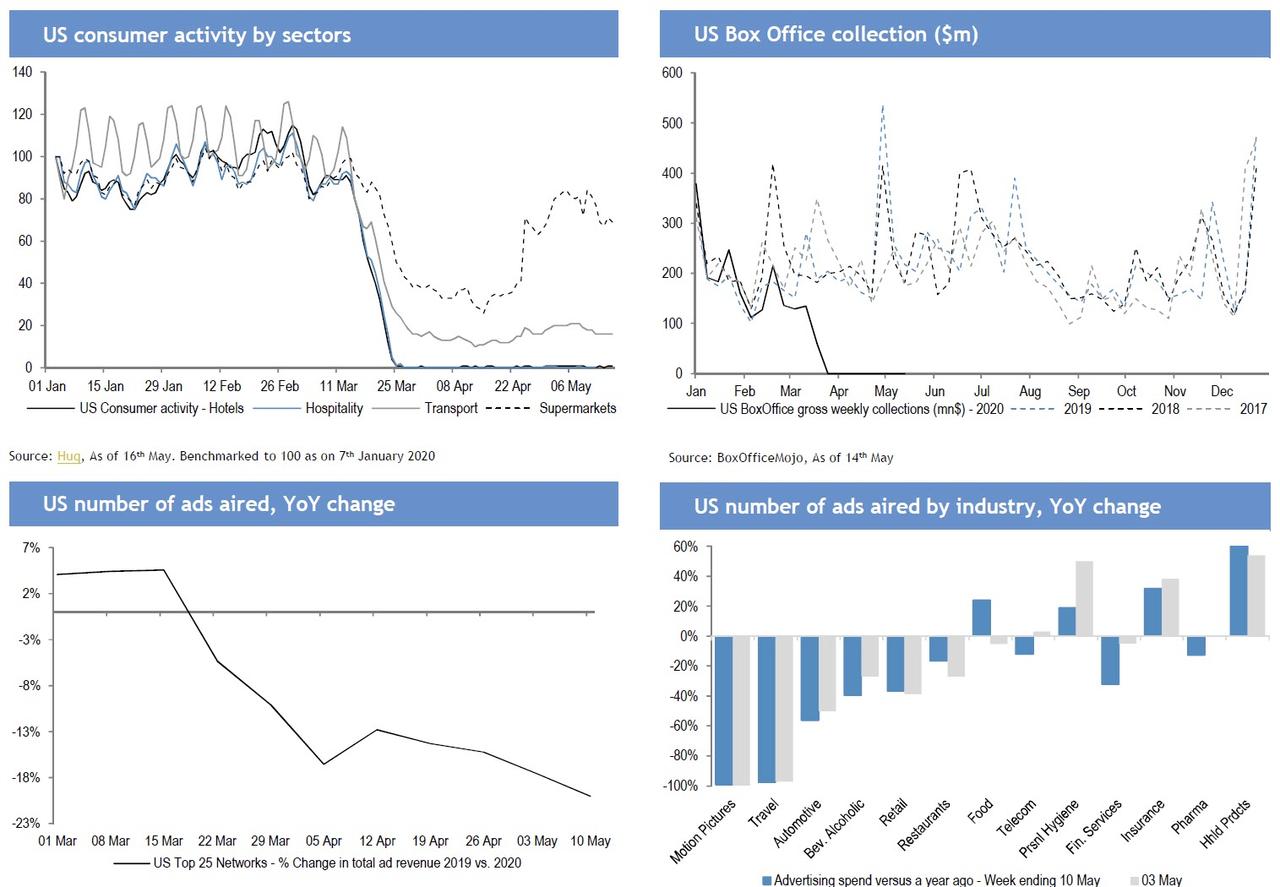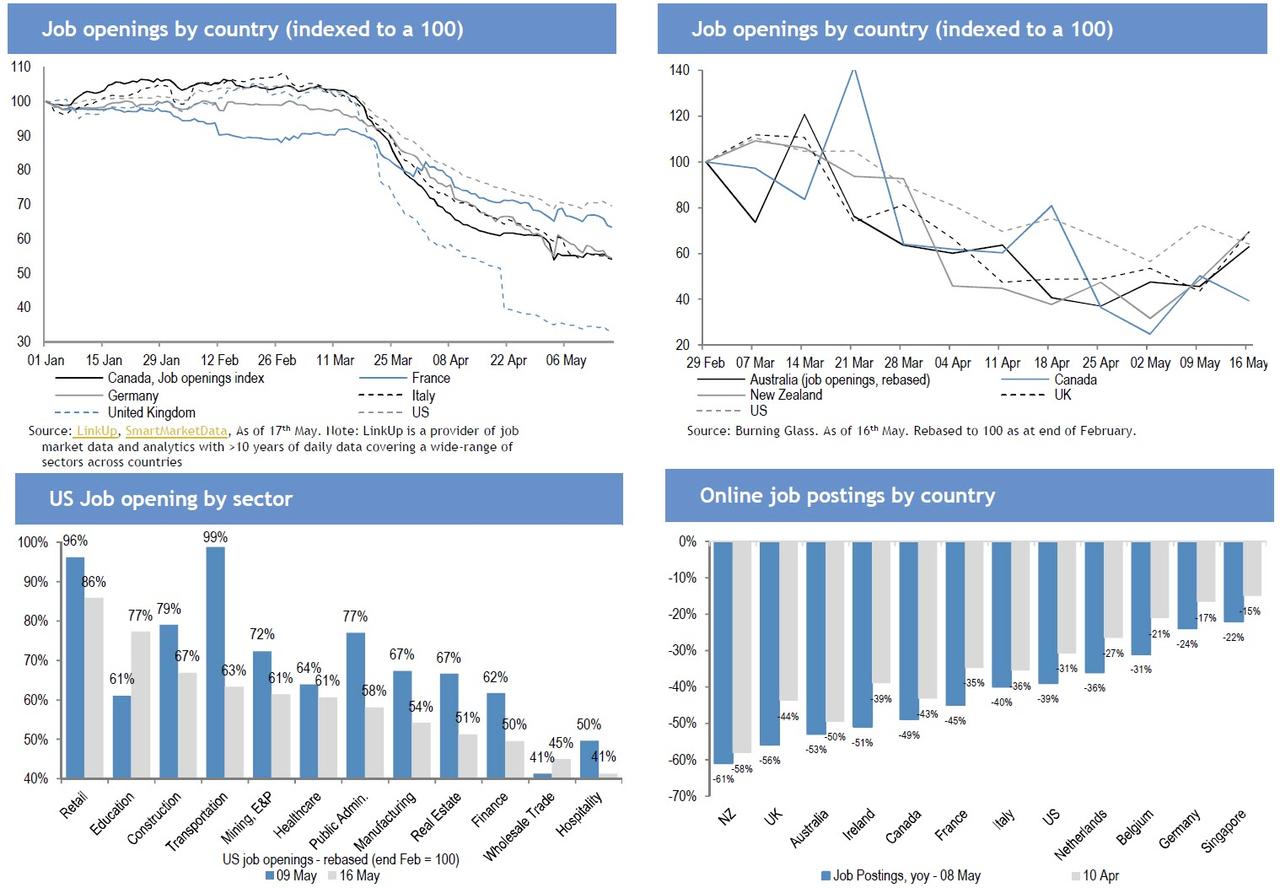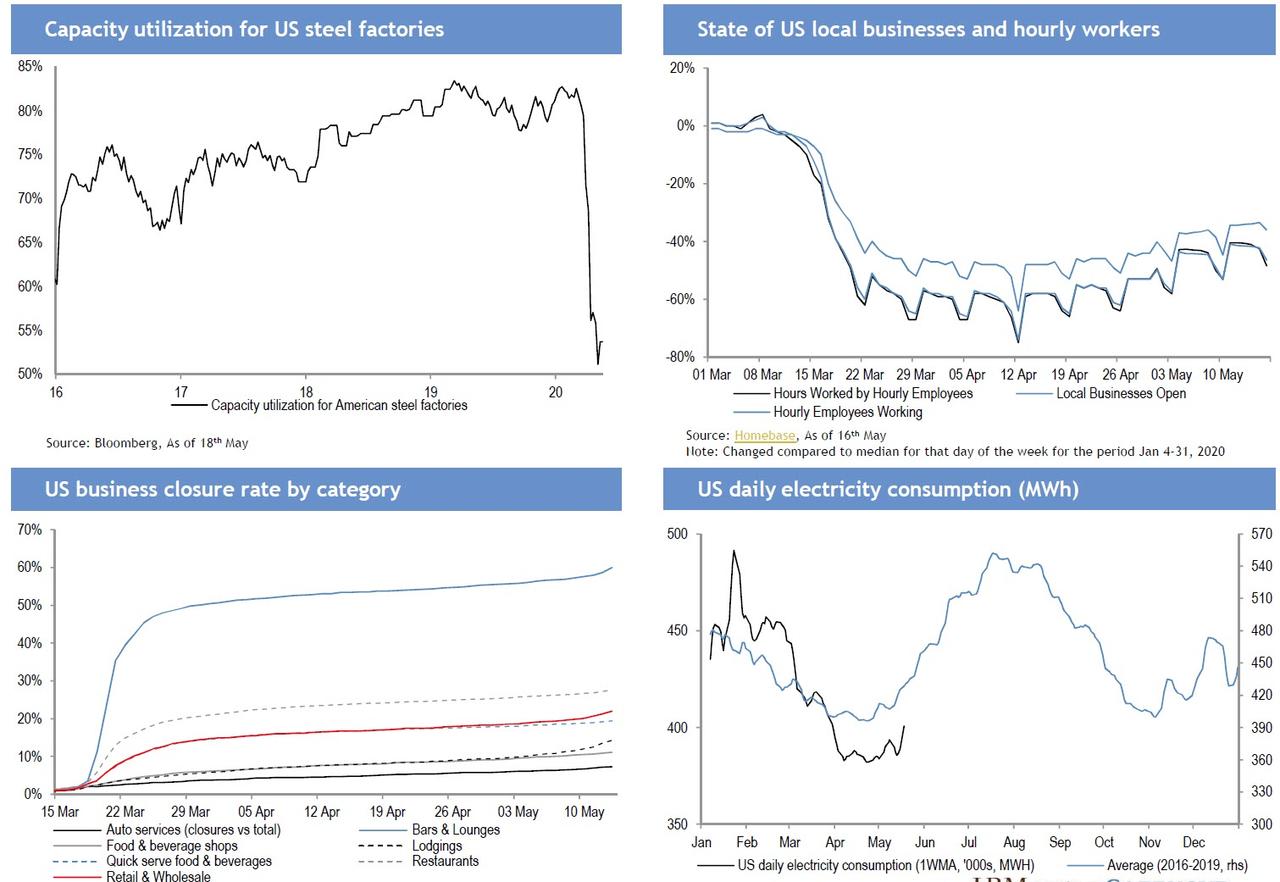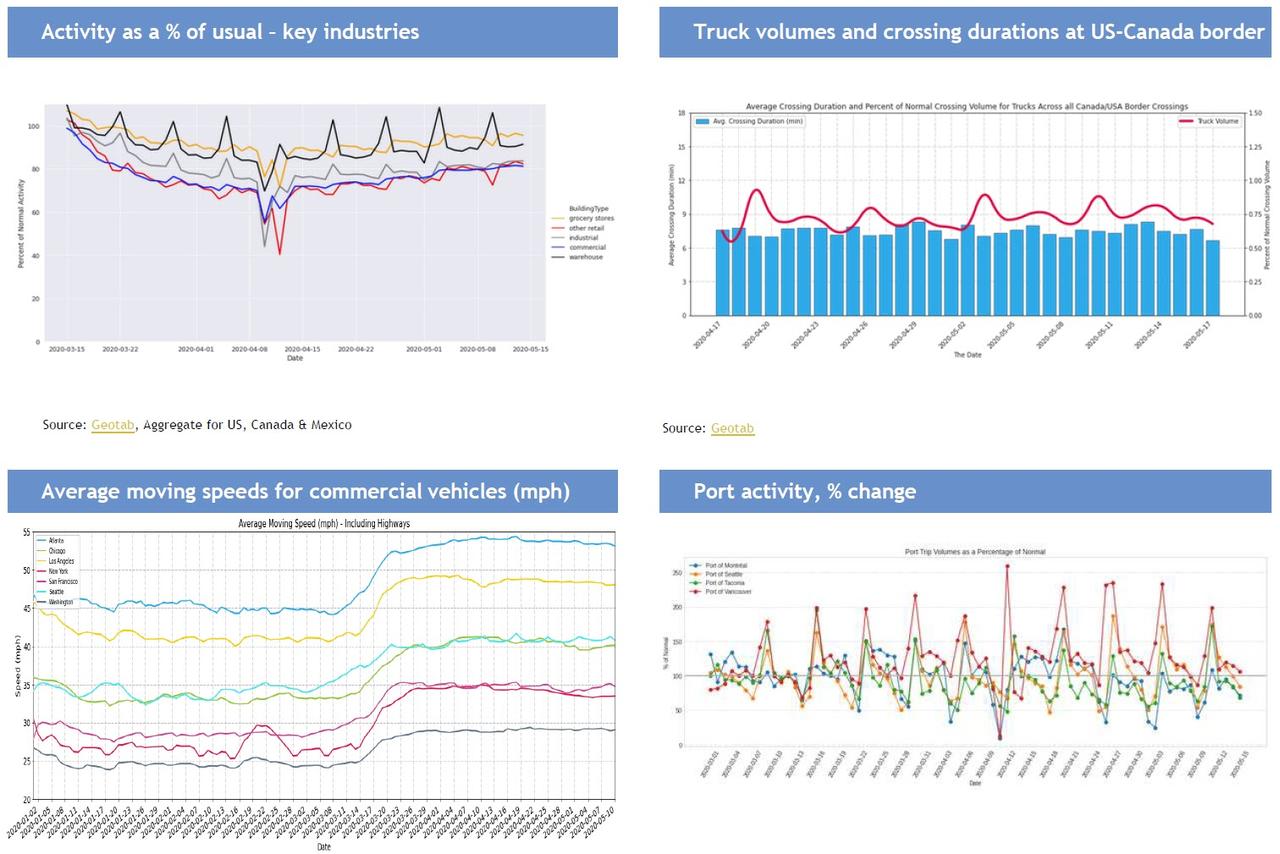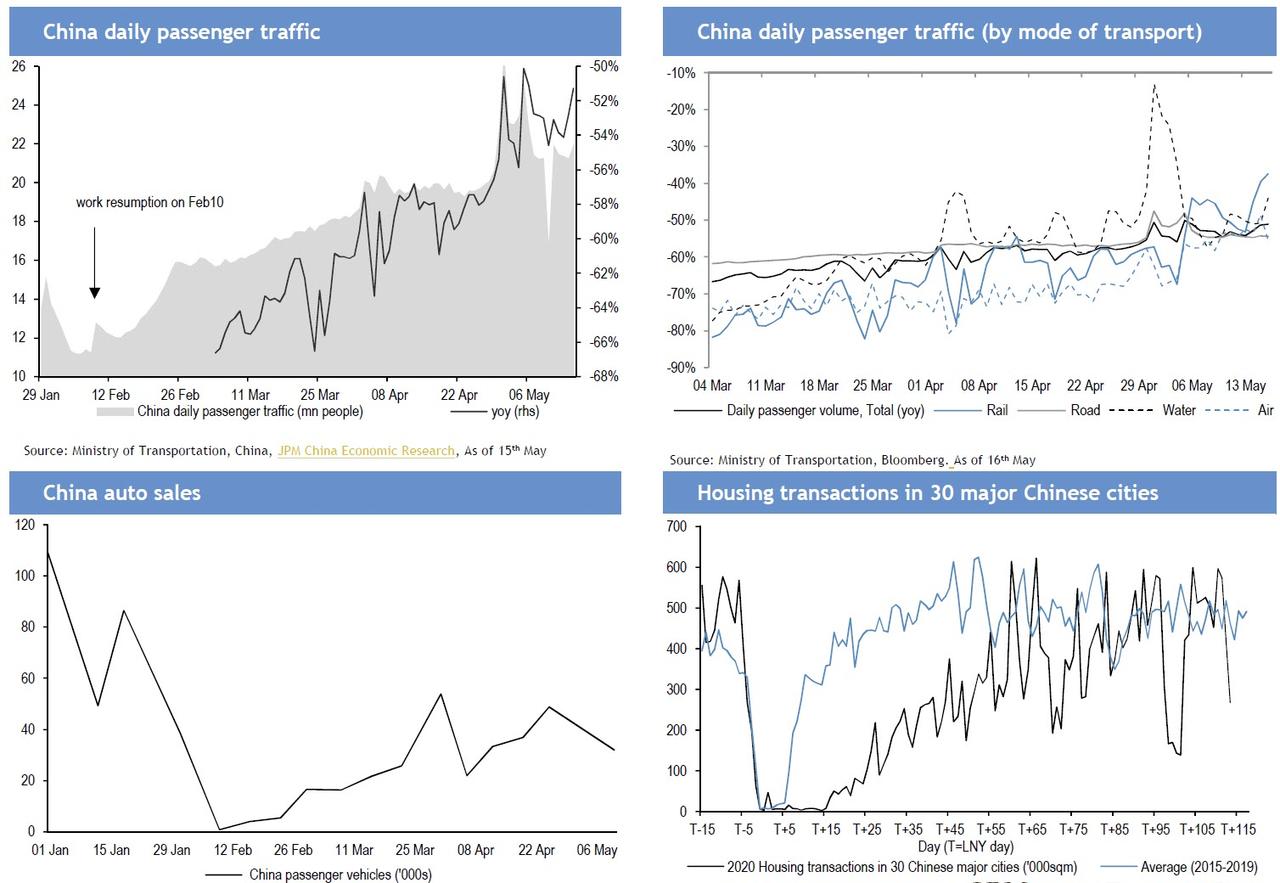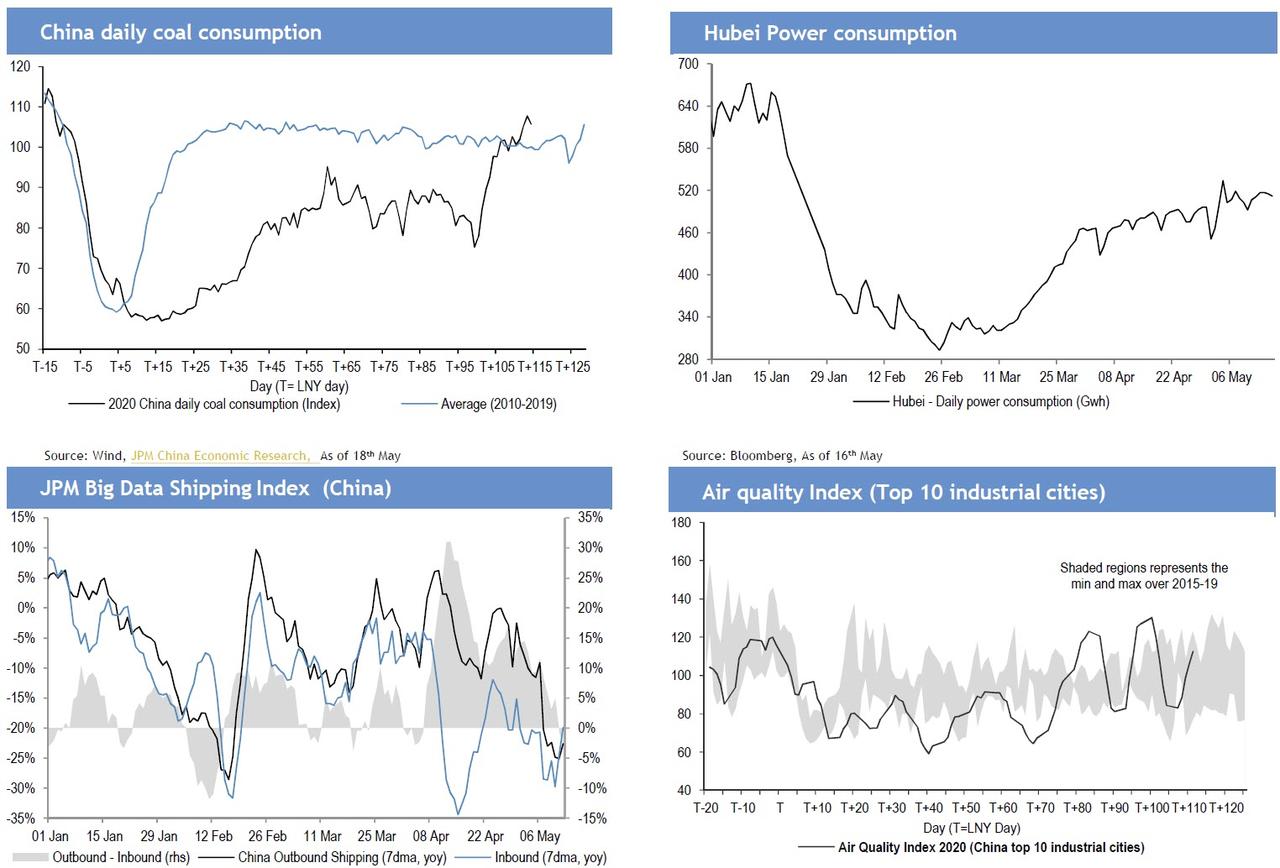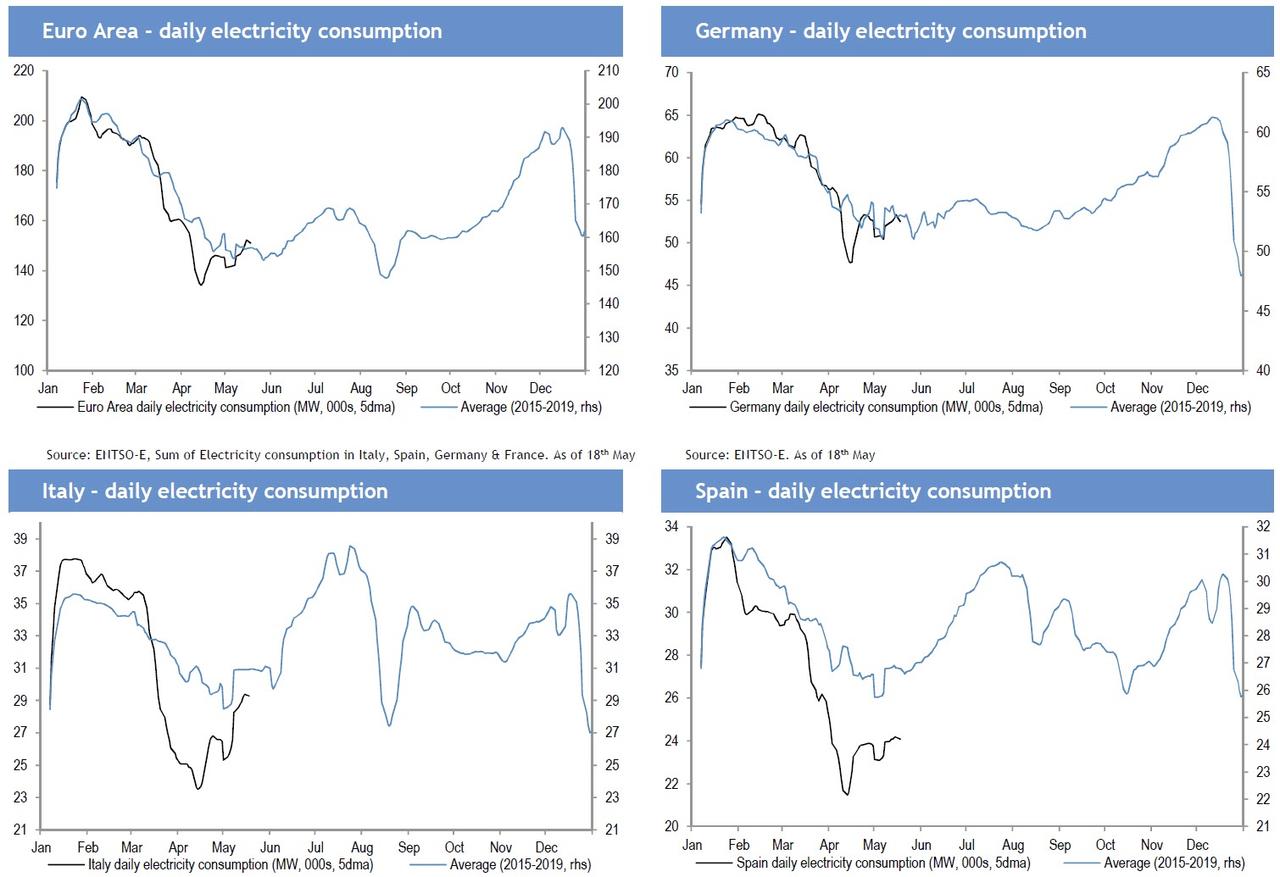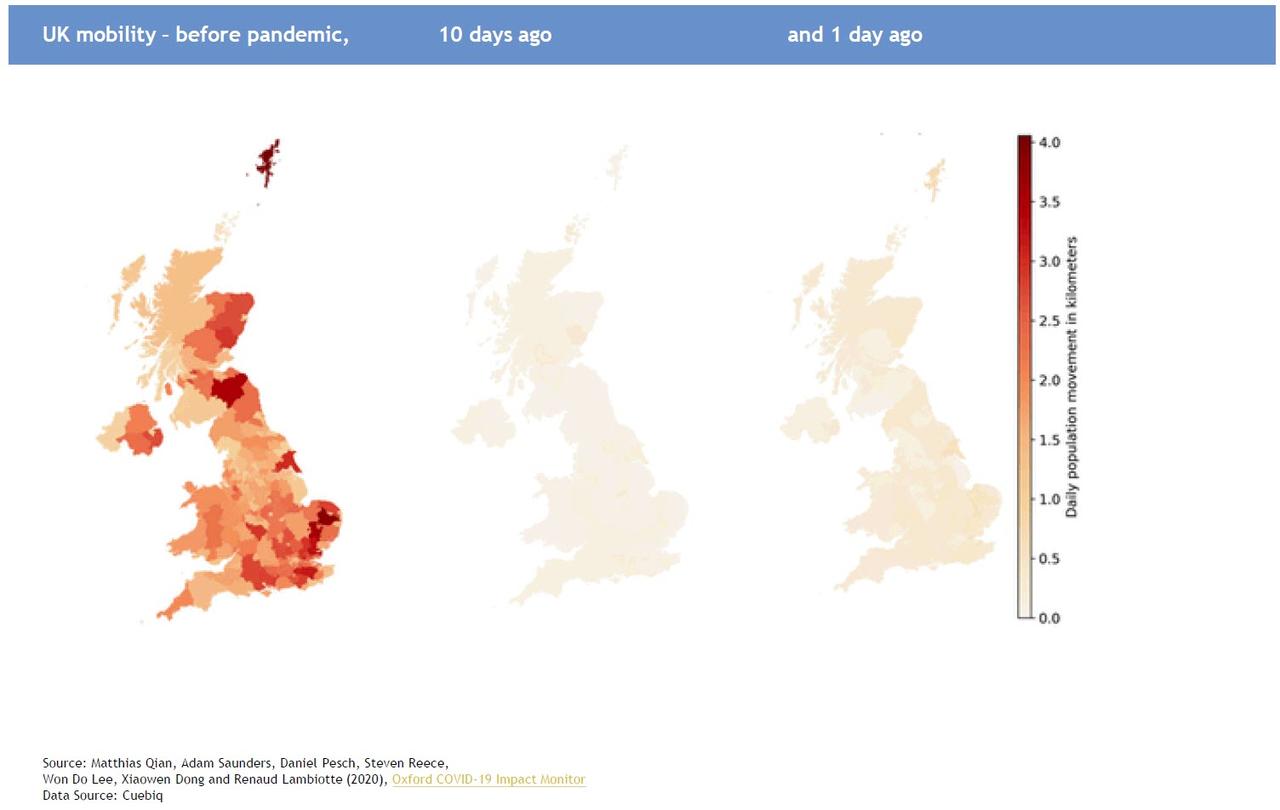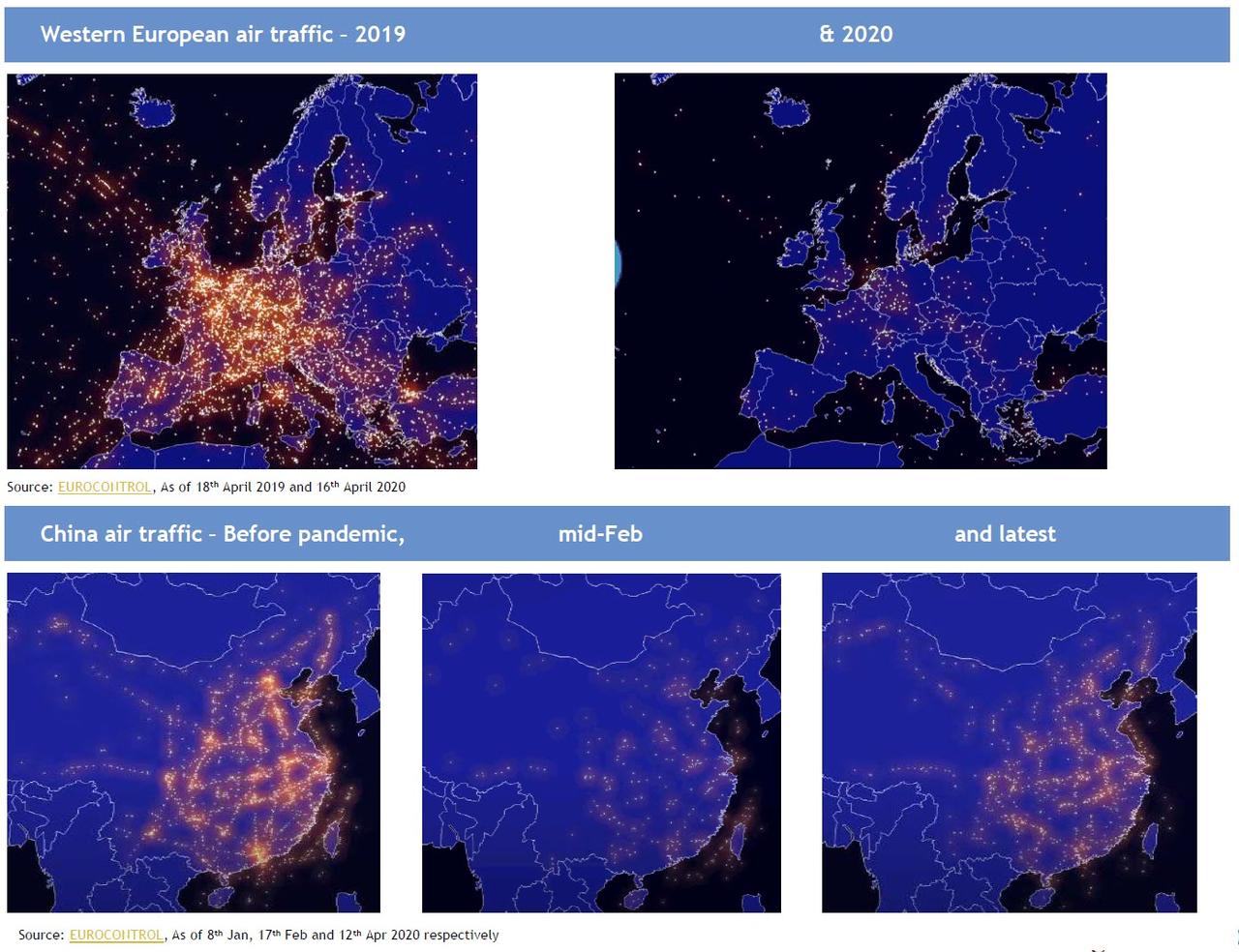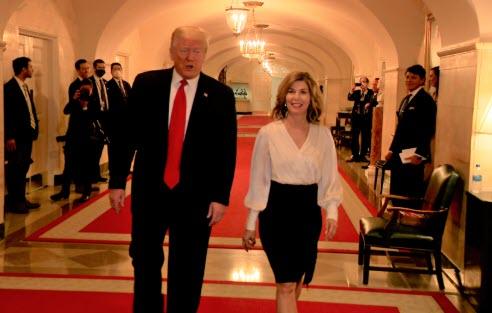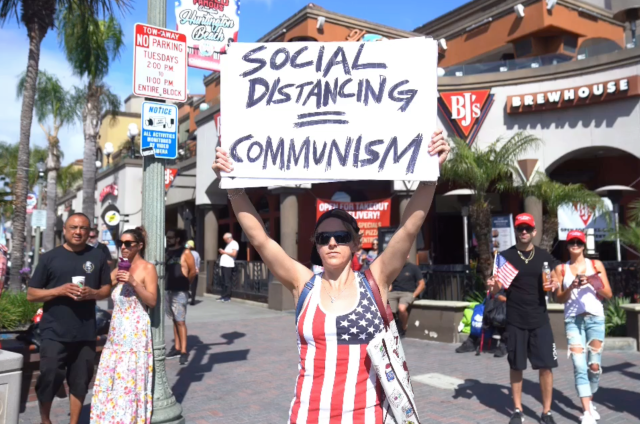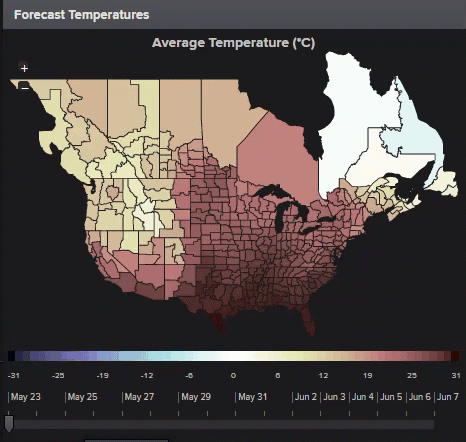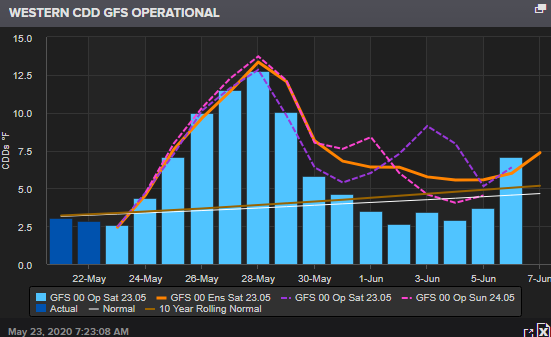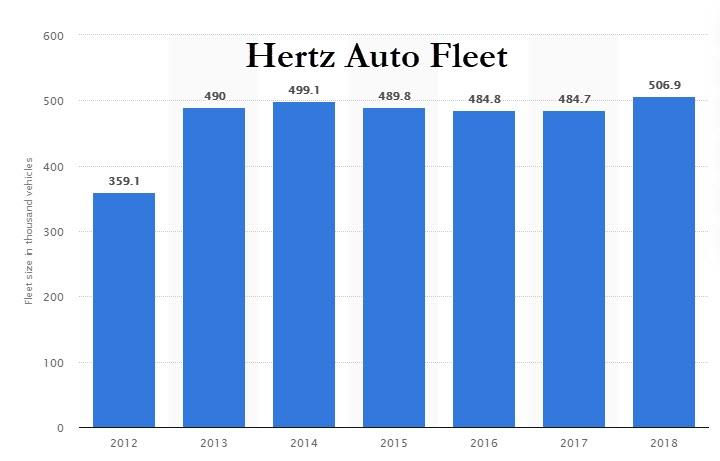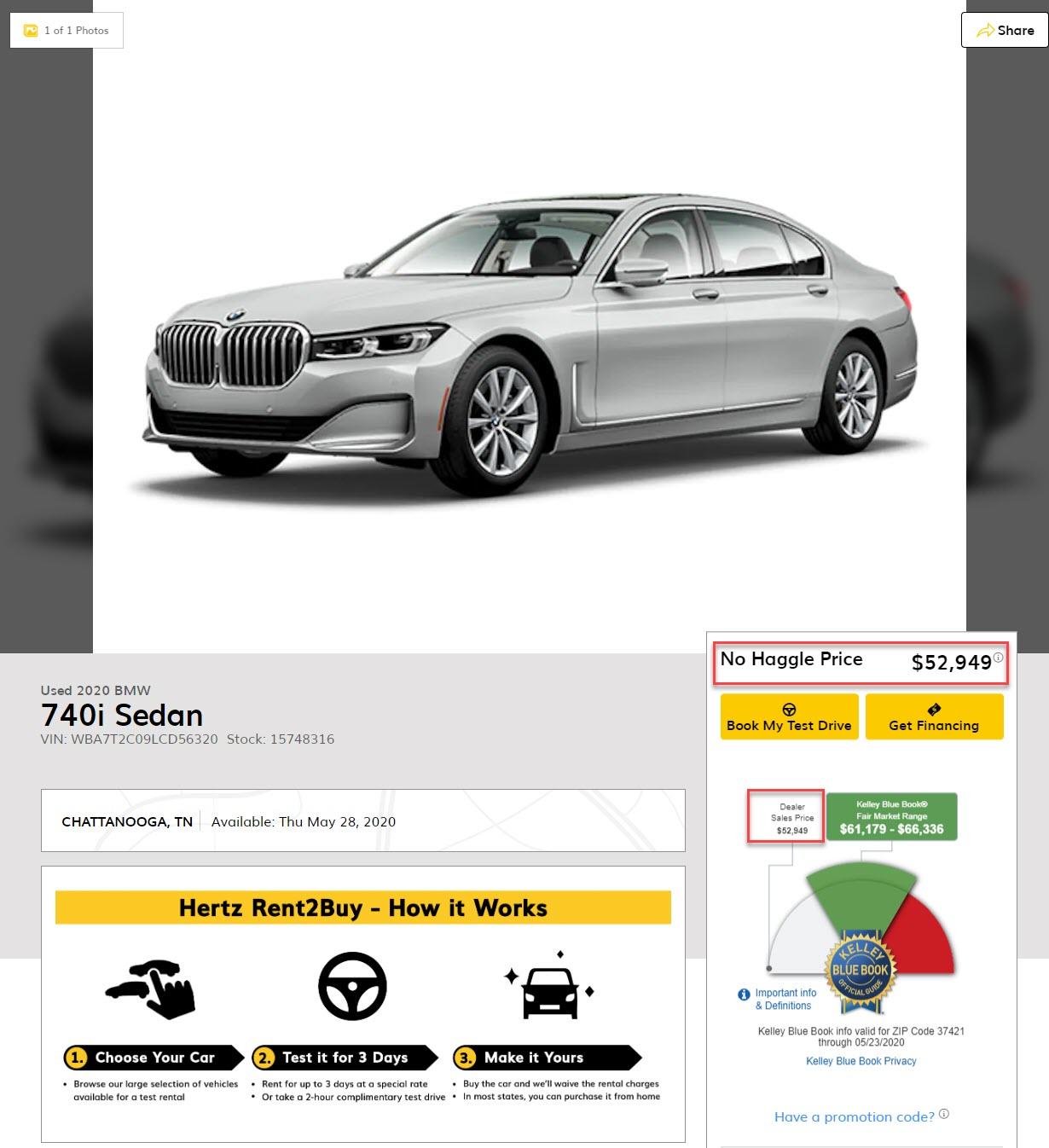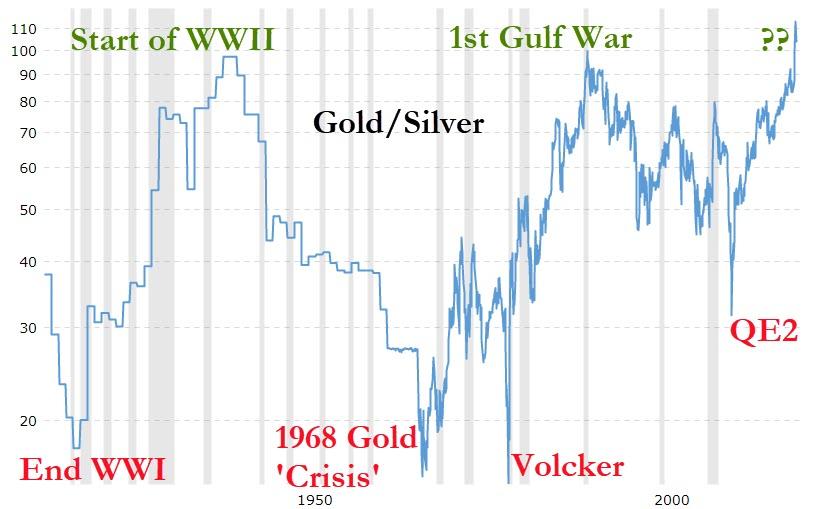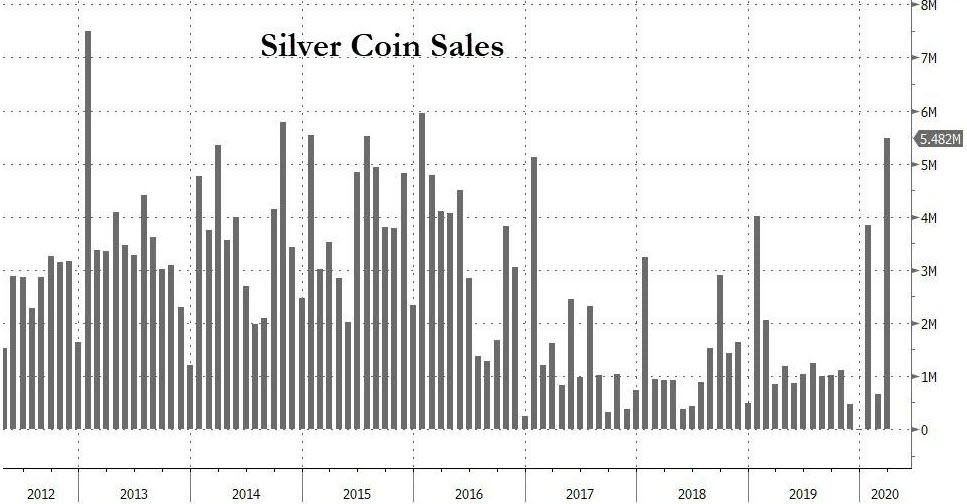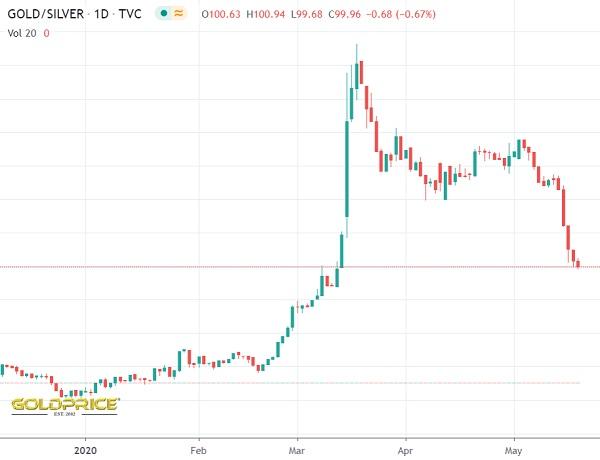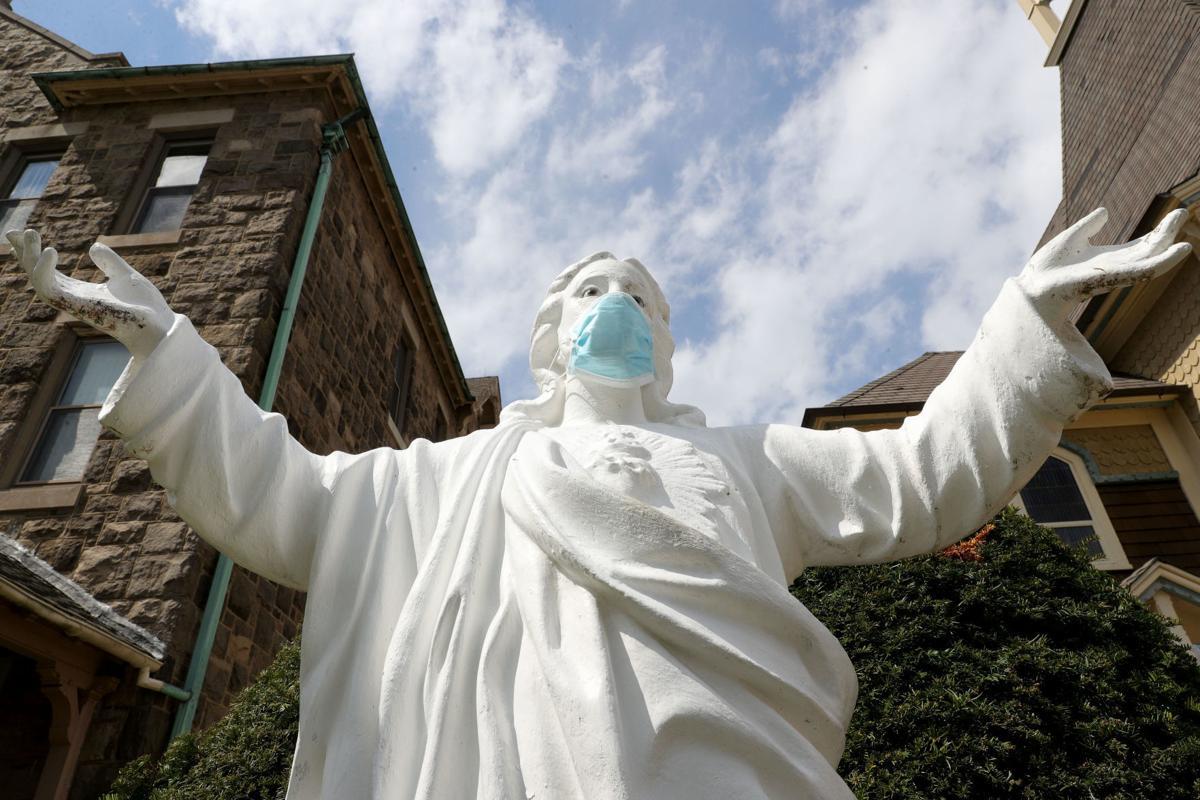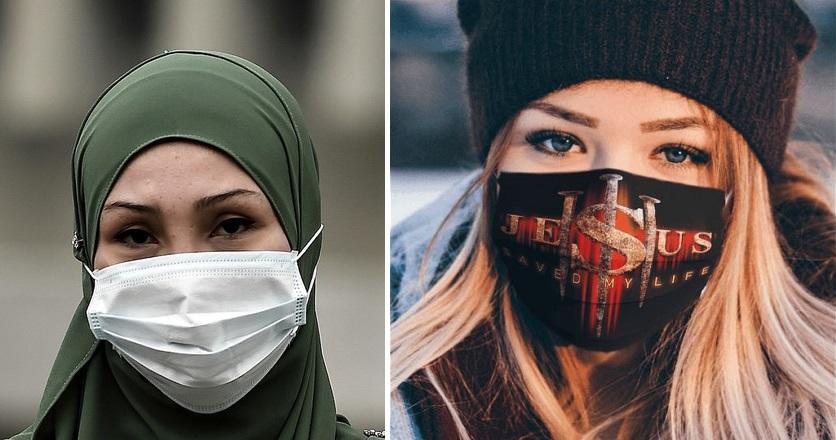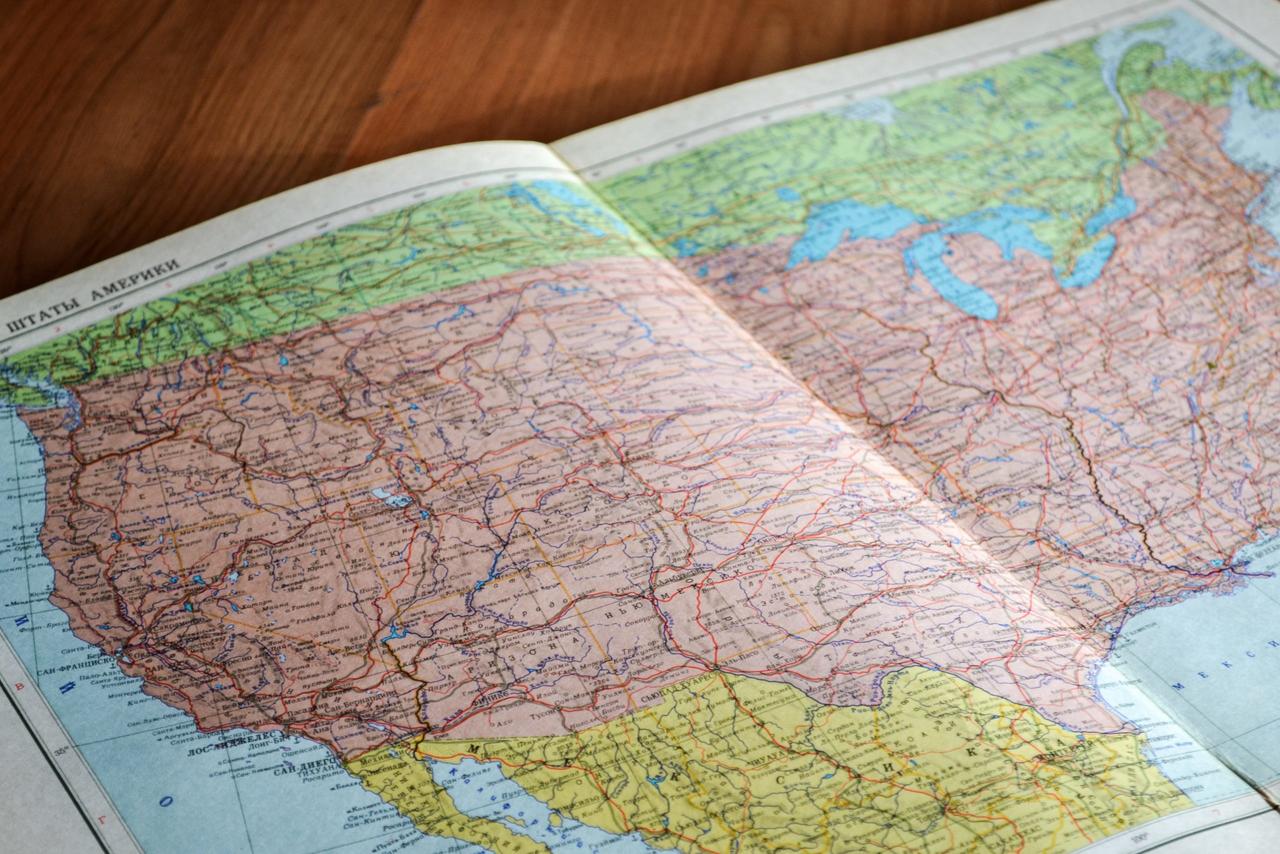Silicon Valley Tech Giants Caught Providing Services To Blacklisted Chinese Security Firms
Tyler Durden
Sat, 05/23/2020 – 17:30
Remember when ex-Google Chairman Eric Schmidt appeared on CNBC earlier this month for an interview with Andrew Ross “the Sork” Sorkin – an interview that swiftly devolved in Schmidt chiding the Trump Administration for its impudence while defending the longstanding ties between the Chinese Communist Party leadership and Silicon Valley’s elite and warning about the purportedly extraordinarily high costs of ‘economic decoupling’.
Because the downside about decoupling, Schmidt said, is that if China turns elsewhere for ag products and other products, “they’re not coming back” (this as China continues the charade of upholding the trade deal because President Xi needs an excuse to buy US agricultural products without looking weak)
The former Google chairman’s comments on China begin around the 13-minute mark.
In a report that reads like an Intel community plant, largely since it dropped just hours after the US announced plans to add 30+ Chinese firms to a blacklist over their involvement with China’s state security apparatus, CNBC claimed early Saturday morning that Alphabet, Microsoft and Amazon have all been caught providing tech services to several companies that were added to a US blacklist last year by President Trump over allegations that they helped Beijing build the security apparatus use to imprison 1 million Muslims in Xinjiang.
Top10VPN, a site that reviews virtual private network (VPN) services and researches topics on privacy, said in a report that it had identified U.S. technology giants that provide “essential web services that power these companies’ websites.”
CNBC reached out to the U.S. firms named in the report as providing such services to the blacklisted Chinese surveillance companies. None were immediately available for comment.
In October, some of China’s most valuable surveillance artificial intelligence firms were put on the U.S. Entity List, a move designed to restrict their access to American technology. That is the same blacklist that Huawei sits on.
Washington alleged that “these entities have been implicated in human rights violations and abuses in the implementation of China’s campaign of repression, mass arbitrary detention, and high-technology surveillance against Uighurs, Kazakhs, and other members of Muslim minority groups” in China’s Xinjiang region.
The territory has made headlines for its detention and “re-education” camps that reportedly hold an estimated 1.5 million Muslims, many of them for violating what Amnesty International describes as a “highly restrictive and discriminatory” law that China says is designed to combat extremism.
Even more bizarre, the US companies provided mostly basic services like website and email hosting, raising questions about why these Chinese firms even needed these American partners in the first place.
According to Top10VPN, some of the services provided by U.S. tech firms include hosting the surveillance firms’ website and emails to authentication methods.
The head of research at the cybersecurity firm that leaked the report to CNBC said that by providing these “essential” services, the US firms helped their Chinese customers develop “highly invasive surveillance products”…kind of like most free-to-use products released by Google and Facebook?
“Through providing essential web services to these controversial companies, U.S. firms are playing a part in the proliferation of highly invasive surveillance products that have the potential to undermine human rights around the world,” Simon Migliano, head of research at Top10VPN, said in the report.
Aside from the big names mentioned above, a number of other smaller US firms were named. Top10VPN said it compiled its report via a combination of techniques including analyzing traffic between certain sites for these Chinese companies.
Top10VPN said it identified that U.S. firms were involved using a combination of public tools, examining source code of websites and analyzing traffic to those sites.
The company alleged that Amazon and Google are providing web services for Dahua Technology and Hikvision, two Chinese blacklisted companies. Meanwhile, Microsoft’s services are reportedly being used by SenseTime and Megvii, two of China’s most valuable artificial intelligence start-ups.
A number of other U.S. technology companies were named, including website authentication and encryption companies Digicert, Lets Encrypt, Entrust and GeoTrust. Domain name hosting firm GoDaddy was on the list as well as cybersecurity company Symantec, which is now known as NortonLifeLock. Stackpath, which works on the delivery of internet content, was also named.
Twitter and Facebook were also named as providing content delivery network services to Hikvision.
CNBC has reached out to all the American firms that were named to request for comment on the report. Symantec declined to comment, and CNBC did not hear back from the rest of the companies.
China’s surveillance firms have been caught up in the tensions between the world’s two largest economies. The administration of President Donald Trump has carried out a campaign against Chinese firms, with Huawei being the most high profile target, that aims to cut off their access to American technology.
But Top10VPN’s Migliano claimed the company’s report shows a relationship still remains between the U.S. and China’s firms.
“Despite the Trump administration’s efforts to decouple the American and Chinese technology sectors, the continued presence of American companies in more discreet settings shows that cooperation between the two remains,” Migliano said.
This is just one more thing to keep in mind next time you see an executive from a big tech firm criticizing President Trump while defending China and the WHO.
via ZeroHedge News https://ift.tt/36q9j3Z Tyler Durden
